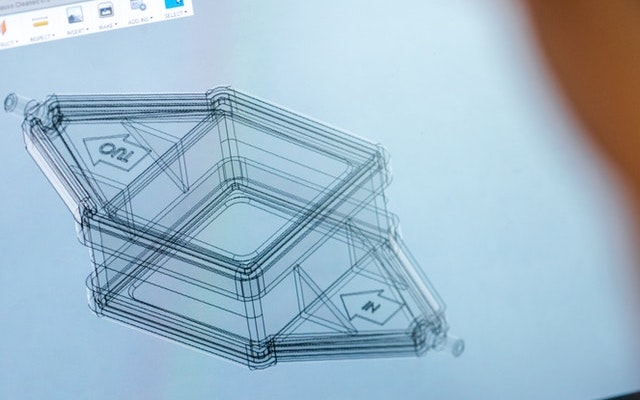
1. Intellectual property development
Intellectual Property Management is a system which helps you manage conceptual or intangible products that are the sole creation of human creativity. These properties may include patents, business secrets, trademarks, etc. Due to its non-tangible nature, ideas are concepts are harder to even discuss the ownership of. Some of the origins of ideas are murkier than the creator himself believes. Managing these things need time, money and effort.
Intellectual property management software can also make the task of managing intellectual properties easier. It can help you create a database of IPR that can be managed and used. You can also receive new updates regarding new IPRs or changes to them.
Sometimes the copyrights aren’t specified enough to not be used again. And if you want to secure those rights, you need to be particular about what intellectual rights to protect and how to articulate them. There are various work throughs around copyrights and infringement laws that can be done to use those ideas without violating any such rights.
The process of intellectual property development
Intellectual property development is a process of protecting proprietary assets, trademarks, patents, and trade secrets from infringement. The development of intellectual properties is done to ensure that no one uses your USP. If you safeguard the intellectual properties that make you special, people will need your product for these exclusive features. This exclusivity can help you increase sales. It is also important to ensure that the efforts of your research and development team aren’t wasted. We at AMAY help business plan, develop and acquire copyrights from the authority reducing friction by improving the design and representation of the system. We also help businesses in claiming IPR, defining royalty charges and settlement if infringed or reverse-engineered without permission. We at AMAY help businesses research and develop business profitable intellectual property considering its potential in the current or future market across the world.
The process of intellectual property development
Existing patent/intellectual property research
Alternate solutions research to an IP
Design & Documentation
Application for approval
Intellectual property development


2. Infringement Identification
The process of infringement identification is necessary to safeguard your intellectual properties so that they cannot be used by other enterprises. This process should be done carefully as the main task is to identify which intellectual properties need to be protected from infringement. You also need to be articulate in formulating these rights with such depth, that there shouldn’t be any workaround for someone else to use these intellectual properties. Infringement identification is a specialized crucial process that helps businesses in protecting their valuable property from being used, copied or reverse-engineered. We at AMAY embed specialized tools and proprietary processes to find infringers in the least time possible.
The process of infringement identification
Setting up tools and techniques to track an IP
Automated violation identification
Manual check identification
Detailed documentation
3. Claim & Maintain
Intellectual property rights that are valuable assets to your enterprise can be used by other enterprises. That is why to protect these rights, you need to regularly be updated about new IPRs or the updates to keep an eye on enterprises that are trying to use your IP. If you find something like this, you should act quickly to claim ownership of the IP. Intellectual properties can make or break the enterprise, therefore it is very important to claim if you find any infringement of your intellectual properties. AMAY intellectual property experts help business & intellectual property holders claim and maintain intellectual property rights to have control over the market and its usage. Our services also include licensing the IP to open up opportunities considering the market value and future growth.
The process of claiming and maintaining intellectual property
Creating industry-specific tracking procedures
Define violation, value and royalty associates
Informing violating party with violation documentation & demand
Managing court and legal actions involved
Maintaining the reputation and overall procedures


